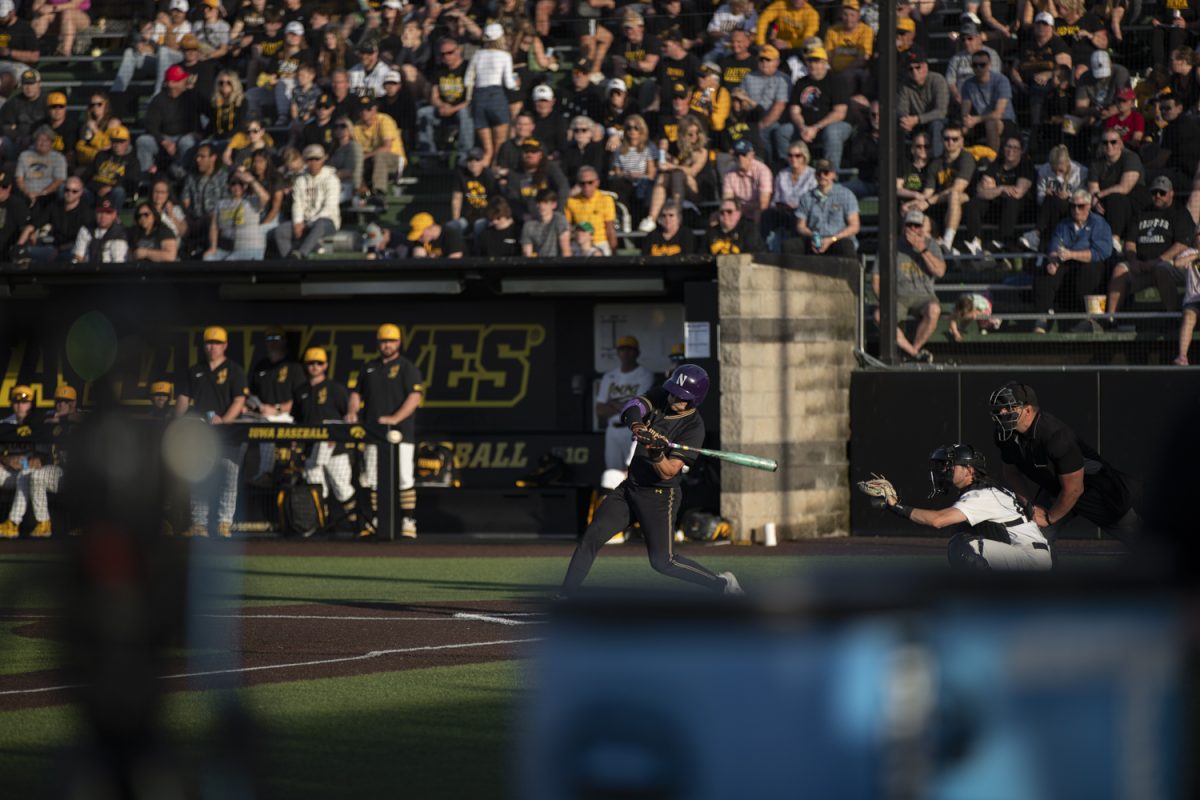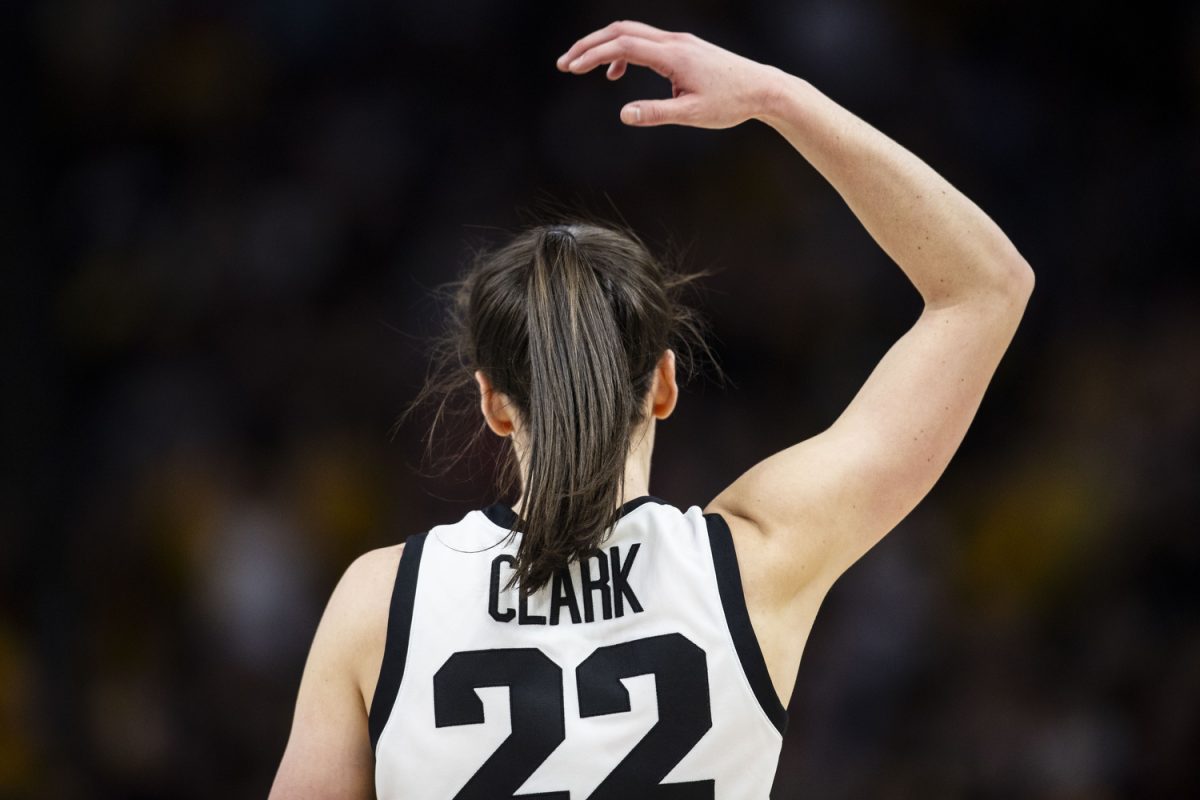The numbers don’t lie.
During this year’s intramural punt, pass, and kick competition in Hubbard Park, 21 University of Iowa students participated. Only two were women, and one declined to take part in the punting and kicking because she was wearing a dress.
A similar trend can be seen with the other intramural sports that have been played this year.
Nearly twice as many males — if not more — have played compared with the number of female participants for each sport this semester.
Volleyball has been the only sport to buck that trend, with 19 female teams signed up compared with eight men’s teams. However, the number of women’s teams is down from last year’s 24.
As of Nov. 4, there have been 7,047 male participants in intramural sports at Iowa this year.
Compare that number with the 1,766 women, and it is clear that female participation is an issue the intramural staff can’t ignore.
"Female participation is an epidemic across the country," graduate assistant Eric Cohen said.
Mike Widen, an associate director of intramural sports, said there are some things the staff is trying to do to increase female participation.
"We are currently working on a presentation to show to sororities that can hopefully raise awareness of the intramural sports program and encourage sorority members to participate," he said. "We hope to present this program to them later this semester or early next semester."
Unfortunately for intramural sports, keeping women active in sports is a challenge.
Jennifer Metz, a UI lecturer in American studies, said one reason so few women play intramurals is that, unfortunately, athletics is still perceived as a "male domain."
"Men in college and beyond often see sports as a form of bonding, a continuation of high-school sporting fellowship and fitness," she said. "For women, there are other avenues for bonding, and [they] often become focused on weight management and time spent in the gym."
During the 2009-10 school year, women’s teams accounted for only 9 percent of all intramural teams at Indiana University.
Stacey Hall, a program director for intramural sports at Indiana, said trying to get more women to play is something officials there are working on.
"Since Title IX, there has been a tremendous growth in the number of girl’s high-school athletes," she said. "That doesn’t always mean though they will continue to play after high school. That is one of the things we’re trying to figure out."
Northwestern doesn’t even offer female intramural leagues because of a lack of interest.
The school’s intramural director, Ryan Coleman, said there have never been female teams during his 10 years in the department.
"I’ve talked to the dorms and sororities, and they just don’t want to do them," he said.
Coleman noted that women do play in co-rec leagues; roughly 24 percent of co-rec participants were women last year. He surveyed those women and received a "huge response" that they weren’t interested in forming women’s teams.
Purdue’s intramural teams consist of around 15 percent women. During the 2009-10 school year, 435 out of 2,527 teams involved women.
Purdue has also tried to increase participation among women in a number of ways, such as giving prime-time slots to women’s games.
Tyler Ford, an assistant director for intramurals at Purdue, said considering that nearly 60 percent of the student enrollment is men, he was "fairly happy" with turnout numbers.
Michigan, on the other hand, doesn’t take into consideration student enrollment numbers. Assistant Director Nick DeMarchi said using such information would be "a crutch."
Over the past decade at Michigan, women consistently accounted for 26 to 27 percent of intramural participants.
"We would love to get [women’s participation] up," DeMarchi said. "One of our main goals is to increase participation in the next calendar year. We would be naïve if we think everything is OK."
Metz echoed similar sentiments.
"We need to encourage women to play on their own teams as well as co-rec teams," she said.






